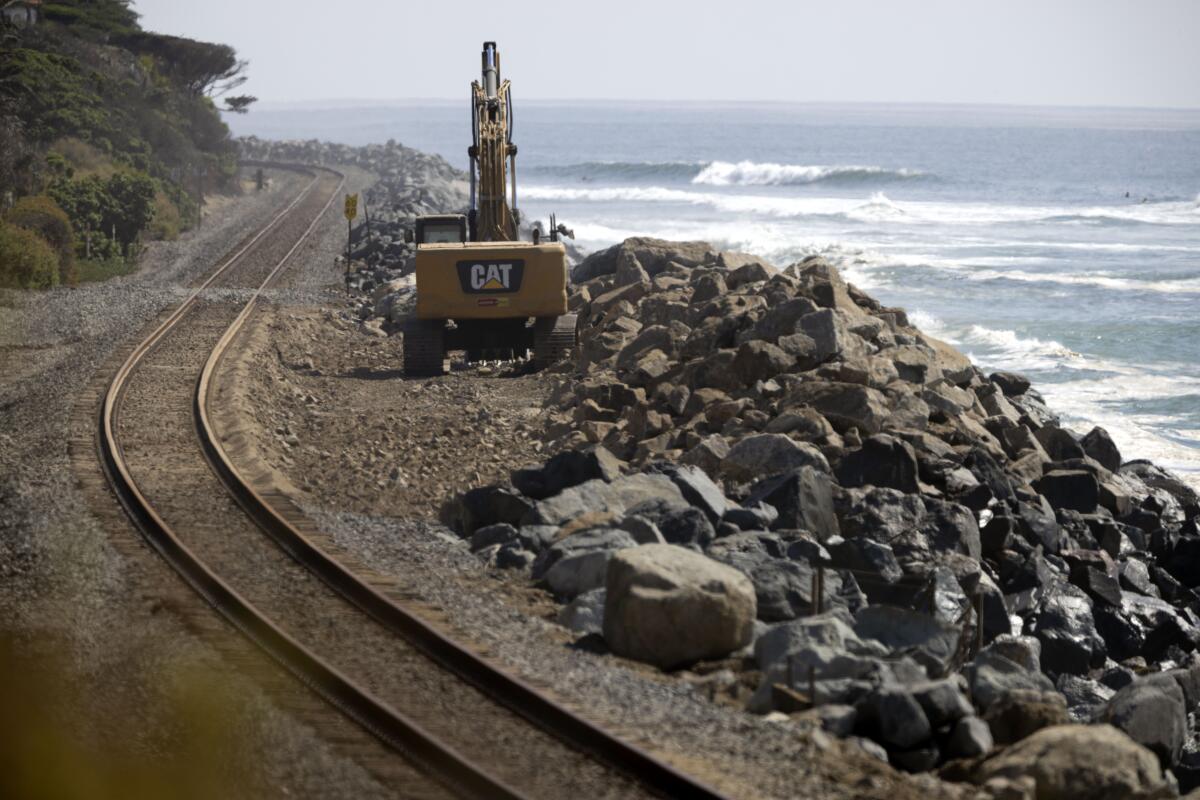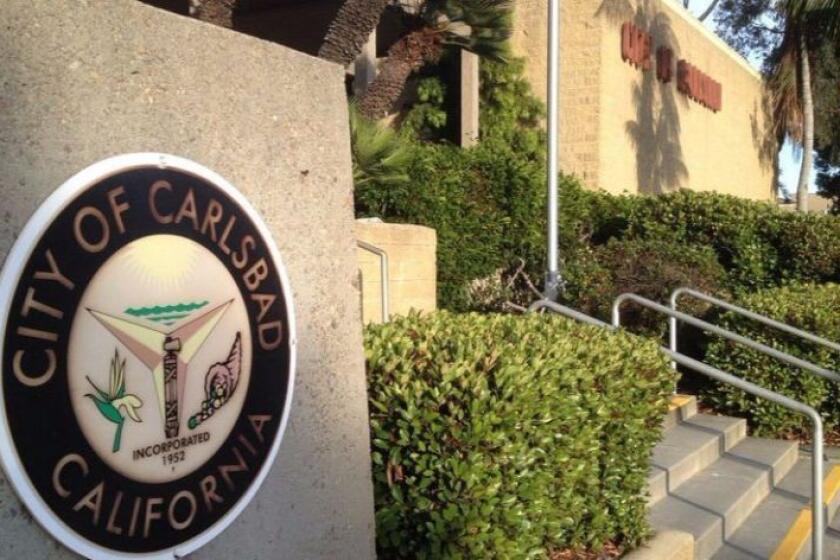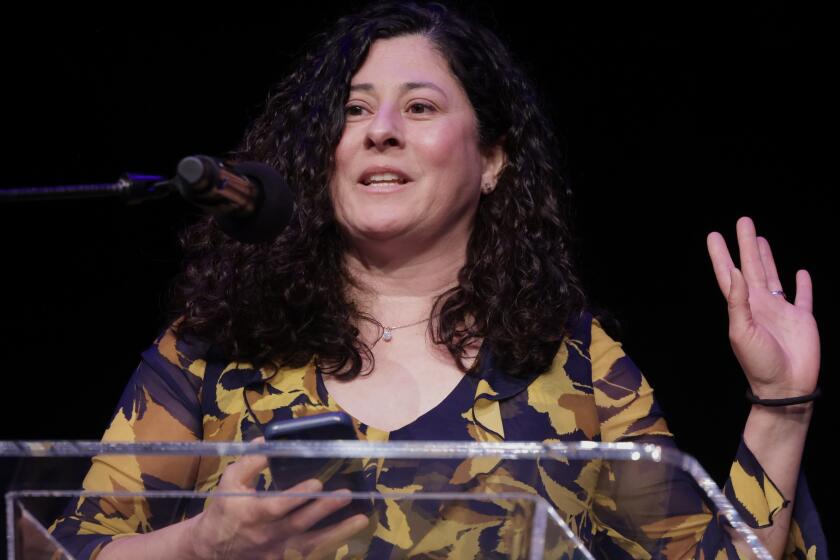Orange County railroad project to buy into San Luis Rey River habitat restoration

Native habitat along the San Luis Rey River in Oceanside will be preserved as a requirement of the railroad stabilization project underway on a coastal hillside at San Clemente.
The U.S. Army Corps of Engineers has asked the Orange County Transportation Authority to purchase credit for half an acre in the San Luis Rey Mitigation Bank, an area of the river’s floodplain being restored to its natural condition.
Wildlands Inc. and the Wildlife Heritage Foundation bought about 60 acres for the mitigation bank more than 10 years ago to create off-site credits for public and private projects required to compensate for construction on natural lands. About 14 acres remains available as unsold credits, Brian Monaghan of Wildlands Inc. said Monday.
“We’re an entrepreneurial group that goes out and establishes these preserves,” Monaghan said.
“It was once a tomato field that we bought and moved a bunch of dirt around ... to restore it to river level and the floodplain,” he said. The company planted native shrubs and trees such as willows and cottonwoods to create habitat for endangered or threatened species such as the least Bell’s vireo and southwestern willow flycatcher.
“It’s cruising along and doing really well,” Monaghan said of the preserve. The native habitat also helps control storm-water runoff and prevent downstream flooding.
A one-acre credit costs $650,000, he said. The mitigation bank includes land on both sides of the river in eastern Oceanside, off Singh Way, near the unincorporated area of Bonsall.
The complete mitigation costs for the transportation authority’s stabilization project are unknown so far, CEO Darrell Johnson said in a written update presented to the board of directors Monday morning.
The Corps of Engineers requires the mitigation because some of the work has been done below the mean high-tide line, primarily the installation of boulders on the beach to control the increasing erosion caused by surf and high tides.
“OCTA is working with several agencies, including the California Coastal Commission and the U.S. Army Corps of Engineers to determine mitigation costs for the work OCTA is leading to stabilize the rail line,” spokesman Eric Carpenter said by email Monday. “Because of the riprap placed on the coastal side, OCTA is required to purchase mitigation credits.”
The transportation authority also will have to make as-yet undetermined annual lease payments to the State Lands Commission for the use of land below the high-tide line.
The latest forecast for the cost to complete the stabilization project is $13,700,600, according to Johnson’s report.
Daily passenger rail service between San Diego and Orange counties has been suspended since September, when new movement was discovered in the railroad tracks crossing a recurring landslide at San Clemente. Stabilization work began in October, but has been delayed several times by weather.
“Work is continuing to be impacted by incessant rainy weather resulting in ponding water and muddy conditions,” states Johnson’s report to the board. “Slope erosion and sluffing caused by upslope storm water runoff and slope saturation is requiring some re-work of a few concrete grade beam panels.”
Weekend Amtrak service was restored in February after the tracks were determined to be safe. However, work continues on the installation of ground anchors being drilled deep into the bedrock to secure the slope.
“Once OCTA’s emergency work in San Clemente is complete where ground anchors are being installed, the slope will be re-established, covering the tiebacks,” Carpenter said.
“The part of the slope in the rail right-of-way will be replanted with native seeds that don’t require additional irrigation,” he said. “OCTA is working with the Coastal Commission to determine the appropriate seed mix.”
The latest estimate is that weekday passenger service between the two counties will be restored after the work is completed in mid-April.
Get North County news in your inbox
Top stories from the San Diego North County every Monday, Wednesday, and Friday.
You may occasionally receive promotional content from the San Diego Union-Tribune.









